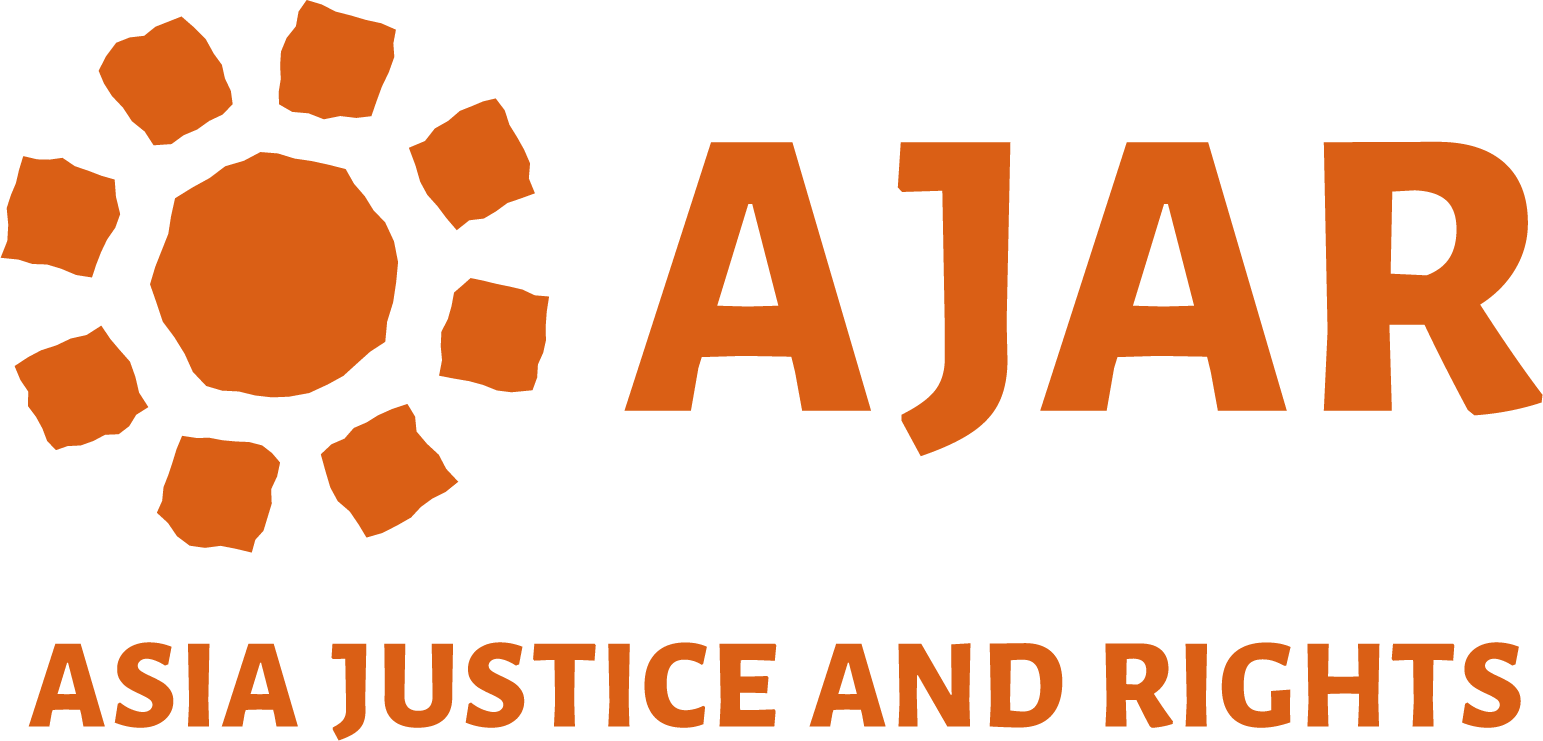In South Africa, the process to award individual reparations limited potential beneficiaries to those who gave a statement to the Truth and Reconciliation Commission (TRC) and whose names appeared on the TRC’s list of victims.
In the TRC’s 1998 report, reparations were recommended to include physical and mental health care, pensions, provision of education until senior secondary school level, skills training, as well as micro-credit and micro-projects for special categories of vulnerable victims. The South African government did not adopt the TRC’s recommendations but did provide a single payment to recognised victims.
In 2011, the government announced its intention to proceed with community reparations, and educational and health benefits policies although these were not developed with wide public participation. Only some 16,000 victims received the once off pro rata payment of USD 4000. There was some public participation in relation to the community reparations program, but it was woefully inadequate. The same applies to attempts to develop educational and health benefits which have all proven to be ineffective.
As far as the government is concerned, only those on the TRC’s so-called closed list of victims qualify for reparations. Post-TRC, the government declined to reopen the registration of victims who were unable to access the truth commission process, leaving tens of thousands without access to reparations. At the same time, victims groups continue to press for reparations.
Another example of reparations in South Africa is the Thokoza Memorial which was unveiled in 1999 to honour hundreds of people from Thokoza Township who were killed during the internecine violence that accompanied the negotiation process for democracy from 1990 to 1994.
